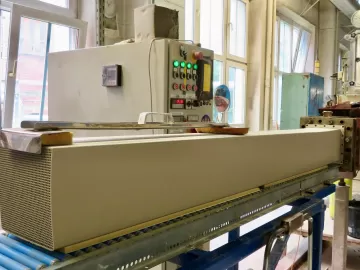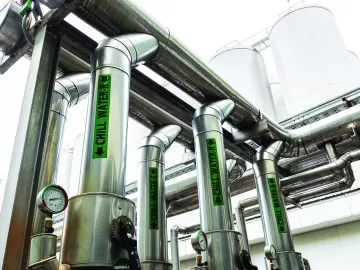Technology

Word is beginning to filter out about the 2022 changes to the ASHRAE 90.1 energy efficiency standard, and the changes it promises to bring to how compressed air systems are specified, commissioned and maintained. More specifically, the industry is learning about section 10.4.6 of 90.1, which is the first time the standard has included a section on compressed air.
[ Read Full Story ]
Advanced Automation Lowers Labor Cost and Improves Performance at the Las Palmas, California, Waste Water Treatment Plant
[ Read Full Story ]
Q&A: APG-Neuros and Turbo Blower Technology
[ Read Full Story ]
Evaluating Different Blower Technologies on a Wire-to-Air Basis
[ Read Full Story ]
Air Compressor Heat Recovery
[ Read Full Story ]
Air System Pressure Influences Compressor Power - Part 2: The Influence of System Pressure on Centrifugal Compressors
[ Read Full Story ]
A Compressed Air & Gas Institute Q&A Session. Is a Variable Speed Drive (VSD) Compressor the Right Choice for Your Facility?
[ Read Full Story ]
Innovative Dual Pressure Control Improves Efficiency
[ Read Full Story ]
Load-Sharing Centrifugal Compressor Control Saves Energy
[ Read Full Story ]
Air System Pressure Influences Compressor Power - Part 1: System Pressure’s Influence On Rotary Screw Air Compressors
[ Read Full Story ]











